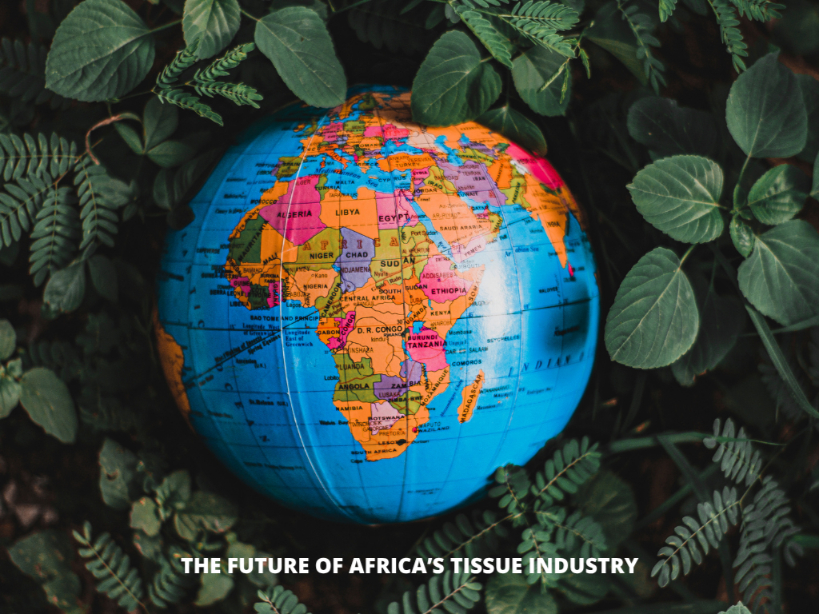The Future of Africa’s Tissue Industry: Opportunities, Challenges, and Potential
This content is being republished with the consent of Fisher International and ResourceWise. Read more about Tissue Market at ResourceWise. June 20, ‘24
In the ever-evolving global market, spotting growth opportunities and understanding industry intricacies is vital. This is especially true when we shift our focus to Africa’s tissue industry. With its dynamic and diverse landscape, Africa offers a range of unique challenges and untapped potential in this sector.
Africa’s Unique Position in the Global Market
Africa is a vast and diverse market, consisting of 54 countries and home to over 1.4 billion people. Despite this potential, economic progress in many regions has been hindered by political uncertainties, making it difficult to secure funding for ventures such as tissue machinery and production lines.
Many African nations prioritize the export of primary commodities over investing in value-added manufacturing. This approach limits job opportunities and hampers personal income growth. Additionally, isolated economies, significant military spending, inadequate healthcare, and educational systems, and the geographical challenges of landlocked tropical regions further impede economic development.
Current State of Tissue Consumption
Africa’s tissue consumption rates per capita are currently below expectations, with individuals using less than 1kg of tissue annually. This is significantly lower compared to Latin America and Asia. However, developing an African consumer economy and fostering tissue consumption habits similar to those in many Asian countries could potentially increase tissue consumption tenfold. This shift presents substantial opportunities for domestic producers to expand and grow and opens new avenues for external tissue exporters to tap into the market.
Overcoming the Hurdles
Despite these challenges, the potential for growth in Africa’s tissue industry is enormous.
By addressing political and economic barriers, improving infrastructure, and investing in education and healthcare, African nations can pave the way for a thriving consumer market.
Innovative strategies and investments in the tissue industry can lead to significant advancements. Here are some key areas to focus on:
 Infrastructure Development: Improving transportation and logistics can reduce costs and increase efficiency in the tissue production and distribution process.
Infrastructure Development: Improving transportation and logistics can reduce costs and increase efficiency in the tissue production and distribution process.- Investment in Technology: Embracing modern tissue production technologies can enhance productivity and quality, making African tissue products more competitive in the global market.
- Consumer Education: Raising awareness about the benefits and uses of tissue products can drive demand and consumption.
- Government Policies: Supportive policies and incentives for domestic production can attract investment and promote growth in the tissue industry.
- Sustainable Practices: Implementing environmentally friendly practices can appeal to the growing global demand for sustainable products and create a unique selling point for African tissue producers.
A Vision For the Future
While the road ahead may be challenging, the future of Africa’s tissue industry holds immense promise. By leveraging its unique strengths and addressing its weaknesses, Africa can transform its tissue industry into a thriving sector that contributes significantly to its economy.
At Coniferous, we are committed to providing insights and updates on the latest trends and opportunities in the tissue industry. Stay tuned as we continue to explore and analyze the future prospects of Africa’s tissue market.
#ConiferousInsights #TissueIndustry #AfricaRising


